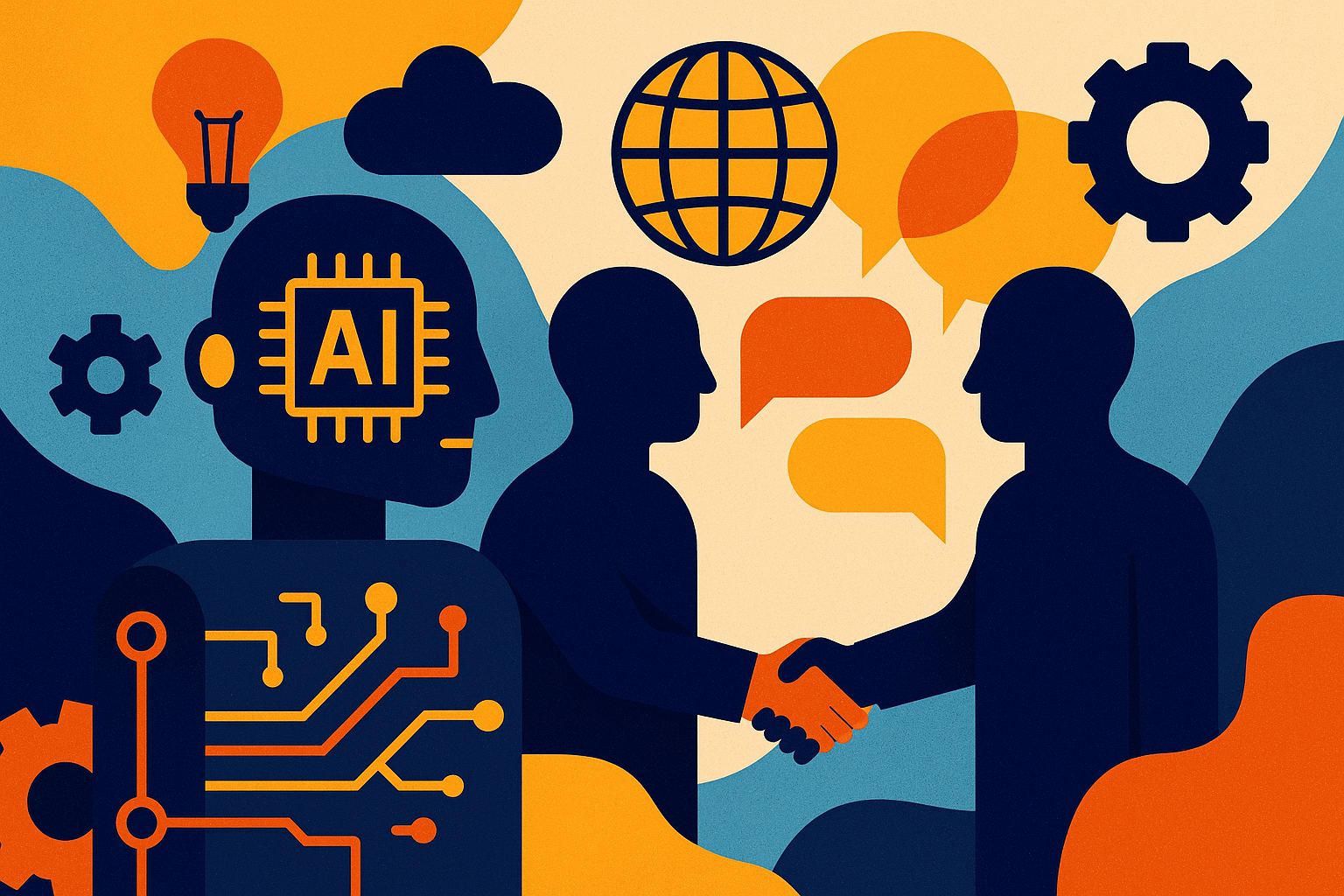Innovation in technology is driving a major revolution in the US education system. Among these developments, the creation of AI apps is showing promise as a potent instrument for boosting educational experiences, customizing instruction, and increasing administrative effectiveness. AI-powered applications are changing the way knowledge is managed, evaluated, and provided as students, teachers, and institutions adopt digital solutions more and more.
In this blog, we explore how AI app development is revolutionizing EdTech in the United States, from K-12 schools to higher education institutions.
Why AI App Development Is Critical for US Education
AI app development allows the creation of intelligent applications capable of processing large datasets, understanding natural language, and providing real-time feedback. In the US, where diverse learning needs and large classroom sizes are common, AI apps help bridge gaps in accessibility, personalization, and student engagement.
Key factors driving adoption include:
- Personalized Learning: AI apps adapt content based on student performance, learning style, and pace.
- Administrative Efficiency: Automation of grading, scheduling, and resource allocation reduces workload for educators.
- Data-Driven Insights: Real-time analytics help teachers monitor progress and intervene proactively.
- Remote Learning Support: AI apps enable effective distance learning, vital for geographically dispersed students.
AI App Development Use Cases in US Education Technology
1. Personalized Learning Platforms
AI-powered apps like adaptive learning systems analyze student performance and recommend customized lessons. For example, a student struggling with algebra can receive targeted practice exercises and interactive tutorials, helping them master concepts at their own pace.
2. Intelligent Tutoring Systems
AI apps function as virtual tutors, providing instant feedback, hints, and explanations. These systems simulate one-on-one learning experiences and are especially useful in subjects like STEM, where step-by-step guidance enhances understanding.
3. Automated Assessment and Feedback
Grading and evaluation are time-consuming for educators. AI apps can automatically assess assignments, quizzes, and essays, offering detailed feedback that highlights strengths and areas for improvement, thereby saving time and improving accuracy.
4. Learning Analytics and Performance Tracking
AI applications can track student engagement, attendance, and learning progress. By analyzing these data points, educators can identify patterns, predict potential learning gaps, and implement targeted interventions.
5. Virtual Classrooms and Remote Learning
With AI app development, virtual classrooms can simulate interactive environments. Features like chatbots, AI-powered discussion facilitators, and real-time Q&A enhance engagement for online learners, ensuring that remote education is effective and immersive.
6. Accessibility and Inclusivity
AI apps support students with disabilities by offering features like speech-to-text, text-to-speech, and language translation. This makes learning more inclusive and ensures that educational resources are accessible to everyone, regardless of ability.
The Role of AI App Developers in US EdTech
AI app developers are the architects of this digital transformation. They design, develop, and maintain AI-powered educational applications tailored to the needs of students and educators. By integrating machine learning, natural language processing, and predictive analytics, developers create apps that are intuitive, responsive, and capable of evolving with user needs.
A skilled AI app developer ensures:
- Seamless integration with existing school systems and LMS platforms.
- Data security and privacy compliance (critical in the US education system).
- Continuous improvement through machine learning and analytics.
Benefits of AI App Development in US Education
- Enhanced Learning Experience: Personalized content and intelligent feedback improve engagement and understanding.
- Improved Efficiency: Automation reduces administrative burden on educators.
- Data-Driven Decision Making: Analytics enable proactive interventions and better resource allocation.
- Greater Accessibility: AI apps make learning inclusive for students with different needs.
- Scalable Education Solutions: Schools and universities can manage large student populations effectively.
Future Outlook: AI-Powered EdTech in the US
The future of AI app development in US education is promising. Emerging trends include:
- Predictive Analytics: Anticipating student needs and performance issues before they arise.
- Gamification and Engagement: AI-driven games and interactive simulations to enhance learning.
- AI-Powered Career Guidance: Apps that analyze student strengths and suggest educational and career pathways.
- Integration with AR/VR: Creating immersive learning experiences through AI-driven augmented and virtual reality platforms.
Conclusion
The creation of AI apps is revolutionizing educational technology, not just improving it. AI applications are assisting the US educational system in meeting the needs of contemporary students by promoting diversity, automating administrative duties, and offering tailored instruction.
Educators and educational institutions can create smarter, more efficient, and more interesting learning experiences for students in the future by investing in AI app development today. Innovation, accessibility, and data-driven insights work together to guarantee that US EdTech keeps developing, producing quantifiable results, and influencing the direction of education.


